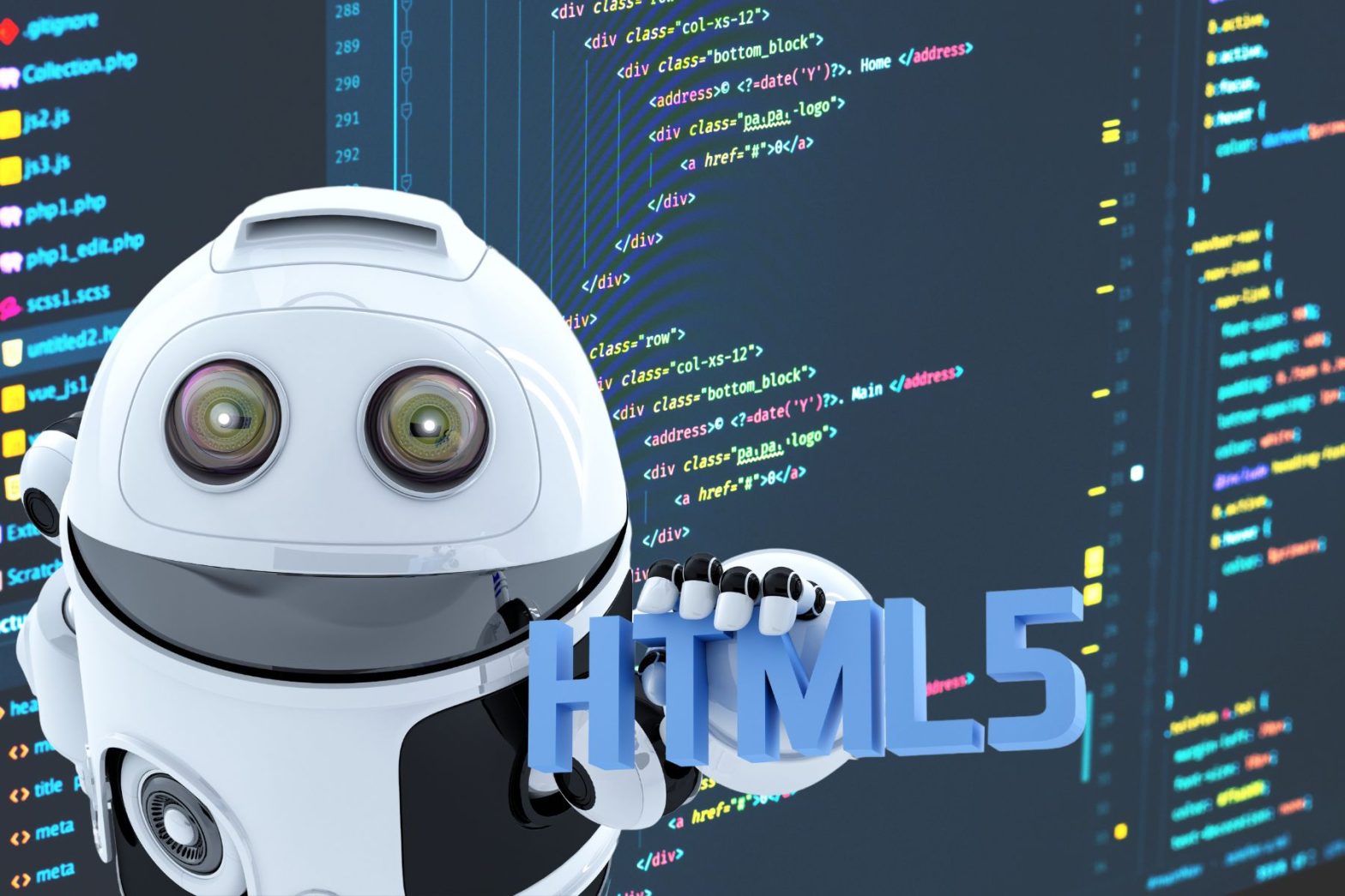Why and How to Convert Flash to HTML5
In the ever-evolving world of web technologies, the move from Flash to HTML5 has become a necessity. This blog serves as a friendly guide, exploring the reasons behind this shift, the challenges involved, and practical tips for a smooth transition.
Why Switch from Flash to HTML5?
End of Flash Support:
Adobe officially discontinued support for Flash Player, marking the end of an era for this once-pioneering technology. This significant decision implies that Adobe is no longer providing updates, security patches, or any form of technical assistance for Flash Player
Device Compatibility:
HTML5 stands out as a versatile and powerful web technology that guarantees a harmonious and trouble-free experience across a diverse range of devices. Its innate capability to seamlessly adapt to different screen sizes and resolutions ensures a uniform and consistent user experience, whether accessed from traditional desktops, sleek laptops, or the myriad array of mobile devices.
Interactive Possibilities:
HTML5, as a versatile and dynamic web standard, possesses innate capabilities to seamlessly handle a diverse array of multimedia elements. This intrinsic support empowers content creators to fashion interactive and captivating digital experiences without the necessity of supplementary plugins.
Challenges in the Flash to HTML5 Conversion Journey
Complex Legacy Content:
Transforming complex Flash animations and interactions into HTML5 presents a formidable challenge owing to the inherent disparities in the underlying technologies of these two platforms. The intricacies of Flash, with its proprietary structure and reliance on plugins, require careful consideration and strategic maneuvers during the conversion process. HTML5, on the other hand, operates on an open standard, utilizing a more modern and versatile approach.
Investment of Time and Resources:
The conversion process may demand a significant investment in time and resources, particularly for organizations with extensive Flash content.
Preserving Interactivity:
Preserving the interactivity and functionality of the content throughout the conversion process is absolutely crucial to maintaining its overall effectiveness. This entails ensuring that any interactive elements, such as quizzes, simulations, and multimedia components, seamlessly transition to the HTML5 environment. By doing so, learners can continue to engage with the material in an interactive and dynamic manner, fostering a more immersive and effective learning experience.
Navigating Flash to HTML5 Conversion
Thorough Content Audit:
Commence the process by initiating a thorough and meticulous audit of your current Flash content. This involves a comprehensive examination to identify specific elements that necessitate conversion. The goal is to scrutinize every facet of your existing Flash materials, pinpointing components such as animations, interactions, multimedia elements, and other crucial features.
Choosing the Right Authoring Tool:
When embarking on the journey of converting Flash to HTML5, it is essential to carefully choose an authoring tool that aligns seamlessly with the complexity of your content. The selection of an HTML5-compatible authoring tool plays a pivotal role in ensuring a smooth and efficient conversion process.
Optimizing Multimedia Elements:
Optimizing multimedia elements is a critical step in the conversion process from Flash to HTML5 to guarantee a seamless user experience. This involves streamlining various media components, such as images, videos, and audio files, with the primary objectives of ensuring smooth playback and reducing load times.
Maintaining Branding and Design:
Maintaining the integrity of branding and design throughout the conversion to HTML5 is a pivotal aspect of the transition process. This involves ensuring that the visual identity, stylistic elements, and overall aesthetic appeal of your content remain consistent and faithful to the original design during the migration from Flash.
Cross-Platform Testing:
Conducting thorough testing is imperative to ensure a seamless and error-free user experience across a diverse range of devices and web browsers. Rigorous testing involves systematically examining the converted content on various devices such as desktops, laptops, tablets, and smartphones, ensuring compatibility and responsiveness across different screen sizes.
Tools for Flash to HTML5 Conversion
Adobe Animate:
Adobe Animate stands as a powerful tool in the realm of digital content creation, facilitating a seamless transition from Flash to HTML5. With its innovative features, Adobe Animate empowers users to directly export Flash content to HTML5, ensuring a smooth conversion process while preserving the intricacies of animation and interactivity.
Articulate Storyline:
Articulate Storyline, a remarkably user-friendly authoring tool, plays a pivotal role in simplifying the intricate process of converting Flash to HTML5. This dynamic tool not only streamlines the transition but also enriches the content with a diverse array of interactive features. From seamlessly preserving intricate animations to enhancing the user experience with responsive designs, Articulate Storyline empowers users with an intuitive interface, making the Flash to HTML5 conversion journey a smooth and engaging experience.
Google Web Designer:
Simplifying the conversion process, this HTML5 design tool allows designers to create engaging content without extensive coding.
Benefits of Flash to HTML5 Conversion
Future-Proof Content:
HTML5 support is widespread, ensuring the longevity of content and minimizing the risk of obsolescence.
Enhanced Performance:
HTML5 offers improved performance, faster loading times, and greater responsiveness, enhancing the overall user experience.
Improved Accessibility:
HTML5 supports accessibility features, making content more inclusive and compliant with standards like WCAG.
Conclusion
Moving from Flash to HTML5 is not just a technical shift; it’s an opportunity to enhance the digital learning experience. By understanding the reasons, overcoming challenges, and implementing best practices, organizations can smoothly transition to HTML5, ensuring compatibility, interactivity, and future relevance in the dynamic digital landscape. Embrace the change, and unlock the full potential of modern, HTML5-driven digital experiences.














